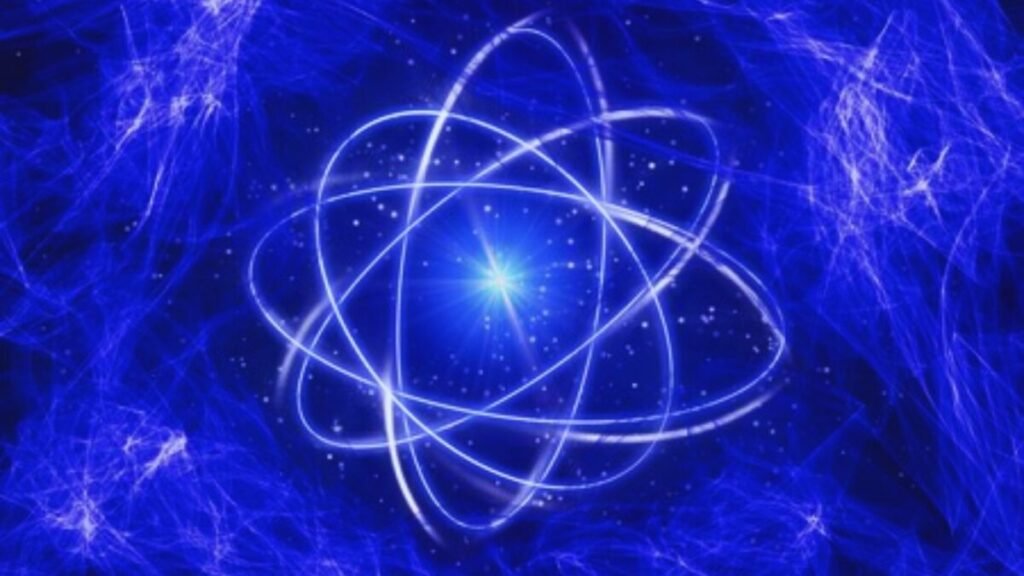Observing Electron Dynamics with Ultrafast X-Rays: A Groundbreaking Achievement

In the history of science, there are milestones that seemed unattainable. One of them was capturing the real-time movement of an electron during a chemical reaction, a phenomenon too fast and elusive. Today, a group of researchers has achieved, with subatomic precision and in real-time, observing what was previously invisible.
An experiment that defies the impossible

The experiment was carried out with ammonia molecules, subjected to a double shot: first an ultraviolet pulse to excite the valence electron, and then an ultrafast X-ray pulse to record the reaction. Thanks to this method, changes occurred in femtosecond fractions, time scales shorter than molecular vibrations. The key was to use ND₃, an isotopic variant of ammonia that facilitates distinguishing electronic from nuclear movement. With this, for the first time, the unequivocal signature of an electron reorganizing itself in ammonia was isolated.
Seeing the invisible: what it means to observe an electron

“Seeing” an electron does not involve looking at it with a microscope, but recording how its probability distribution varies in space. The experiment, combined with quantum simulations, revealed the electron’s transition from a delocalized state to a more localized one. It was, essentially, a quantum movie that showed how a single electron alters the fate of a molecule. This approach does not offer a conventional image, but an indirect yet precise reconstruction. Nevertheless, it marks a before and after.
The gateway to a new chemistry

The experiment is not just a technical demonstration. It has direct implications for the design of materials, drugs, and catalysts. Understanding how electrons move during a reaction will allow intervention at the most basic level of matter and open the way to more efficient and controlled chemical processes. The possibility of seeing how each electron “decides” the path of a reaction promises to transform not only quantum physics but also the way we understand chemistry and life itself.






